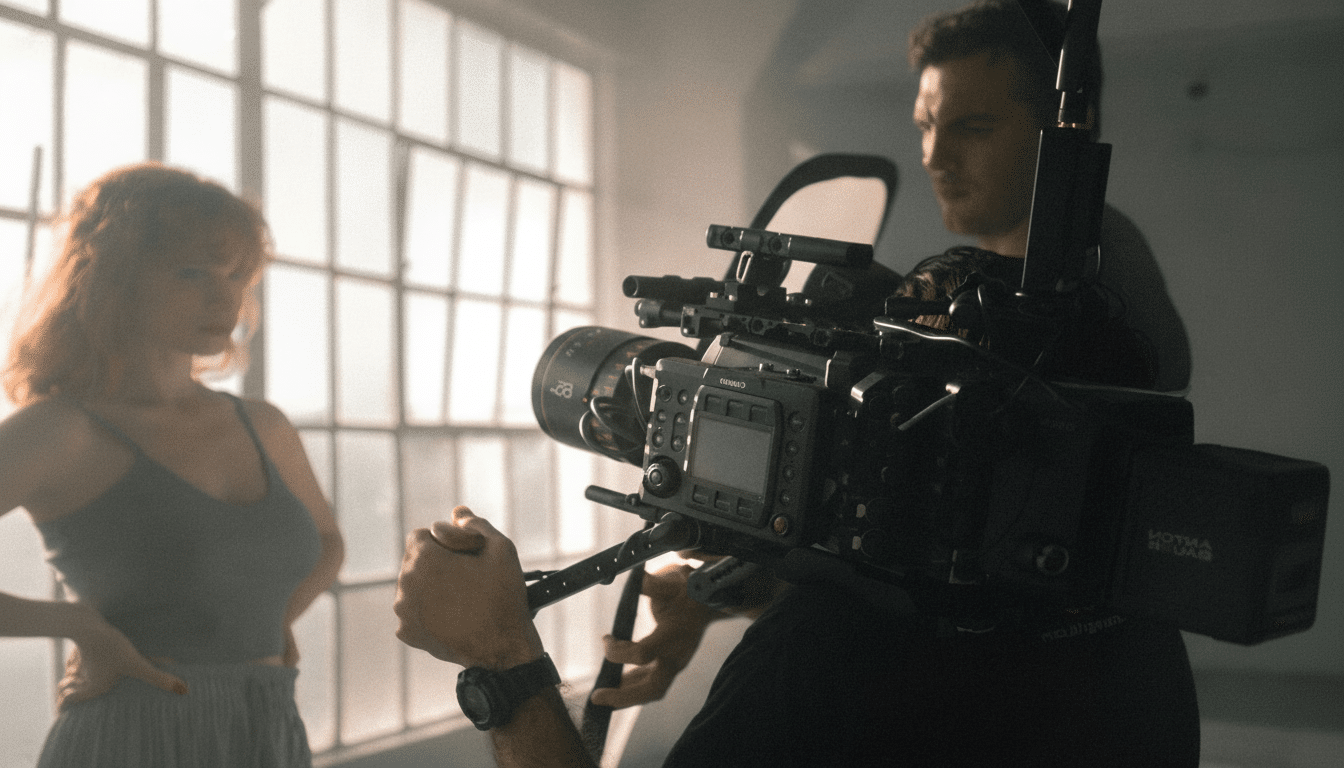The major adult entertainment producers have joined forces to help bring safety and ethics standards above the “waistline” on set, creating a comprehensive Code of Conduct under its umbrella organization — the Adult Studio Alliance (click to view). Organized by the parent company of Pornhub, Aylo, the group, with an expanded empire that runs on 20 years’ worth of user-generated content, said in a public statement that the framework aims to harmonize best practices across studios and geographies, offering talent more clearly defined rights, powerful protections, and shared oversight.
What the industry Code of Conduct covers in detail
The Code lays out common-sense guidelines that have long been present in pockets of the industry but were rarely offered as a single, enforceable package. Pre-production transparency also encompasses the details of scenes, acts, talent, and even any changes that may take place on set.
- What the industry Code of Conduct covers in detail
- Who is behind the Adult Studio Alliance initiative
- Why standardization across the adult industry matters
- Performer perspectives and remaining gaps in the Code
- Regulatory and market backdrop shaping the new Code
- What comes next for the Adult Studio Alliance Code

It formalizes boundary checklists and pre-shoot discussions, so that performers are able to articulate their limits and opt out without penalty. The Code also requires an intimacy coordinator or trained emissary to be accessible before, during, and after shooting to address concerns and intervene as required.
Health protocols are consistent with the U.S. PASS system from the Free Speech Coalition and strengthen a 14-day testing cycle for HIV/STIs with proof of paperwork.
The policy bans drugs and alcohol on set, and establishes guidelines for communicating about prescription medication that might impact consent, stamina, or safety.
The Alliance also tackles the issues of business practices: licensing and contracting standards, open fee negotiation, and responsible representation. Collectively, they establish “a consistent, shared baseline” for production ecosystems of all sizes, from major studios down to boutique labels, the group says.
Who is behind the Adult Studio Alliance initiative
Founding members are Aylo, which runs Pornhub as well as studios including Brazzers and Sean Cody; Dorcel; Erika Lust; Gamma Entertainment, parent company of Adult Time; Mile High Media; and Ricky’s Room. The companies say the Code is meant to be adopted by more than just their own rosters, and to serve as a model that agencies, creators, and platforms can follow.
The leadership of Aylo framed the development as setting a standard for how adult content should be made, arguing that the presence of codified standards helps protect performers, lessen on-set risks, and increase accountability throughout a supply chain — from casting to production and post-production to distribution.
Why standardization across the adult industry matters
The adult industry is a patchwork, with safety standards that depend on the country, the size of studios, and whether performers are working independently or under contract. Clear, auditable standards can close those gaps. They also fit with growing demands from payment networks and advertisers. For instance, Mastercard has demanded starting in 2021 that adult sites have an attestation for age and consent verification as well as strengthened moderation and redress — pressure that nudges producers into formalizing compliance.

And a more uniform Code can also minimize friction when productions hop borders, allowing studios to show authorities and distributors that they acted in conformity with due process. In practice, that could look like interoperable consent documentation, consistent ID verification methods, and shared definitions for misconduct investigations.
Performer perspectives and remaining gaps in the Code
Performer advocates, led by members of the Adult Performer Advocacy Committee (APAC), have long pushed for more explicit consent tools, independent reporting channels, and standardized testing windows. Early response to the Alliance has been guardedly optimistic, with plaudits for transparency and on-set liaisons, as well as calls to do more.
Prominent areas raised include:
- Policy for AI, including deepfake prevention, model training, and labeling
- Ethical tagging and marketing language on models, BIPOC + LGBTQ
They are also seeking guidance that will help to spiritually empower individual health decisions, including how productions can safely integrate performers living with HIV under today’s scientific knowledge of treatment and prevention.
Regulatory and market backdrop shaping the new Code
The Code comes as scrutiny intensifies. Several states in the United States have passed age-verification requirements for commercial adult sites, and European regulators are experimenting with enforcement strategies. In the UK, the Online Safety Act gives Ofcom power to demand strong age-assurance for porn. In France, ARCOM has sought site bans for non-compliance and that has pushed vendors and operators to implement increasingly robust forms of verification.
Further than access controls, lawmakers and civil society groups are calling for better consent auditing, quicker takedowns of nonconsensual material, and better data protections. An industry Code already used by many studios will now provide those answers to their demands and form a basis upon which measurable progress can be reported.
What comes next for the Adult Studio Alliance Code
Credibility of the Alliance will depend on how it is implemented. Studios that choose to adopt the Code will be required to educate crews, record consent chains, keep medical records in a secure manner, and produce independent incident reporting. Systematic audits and transparency reports — say, the % of shoots with completed boundary checklists, response times to grievances, or investigation outcomes — could help turn policy into evidence.
Should the Adult Studio Alliance expand its membership and integrate with extant tools such as PASS, it could establish a robust benchmark for performer safety and business ethics. What to watch: The next thing to look for is whether major agencies, creator platforms, and payment partners begin to adhere to the Code — indicating that these standardized protections are becoming table stakes for the entire adult ecosystem.

